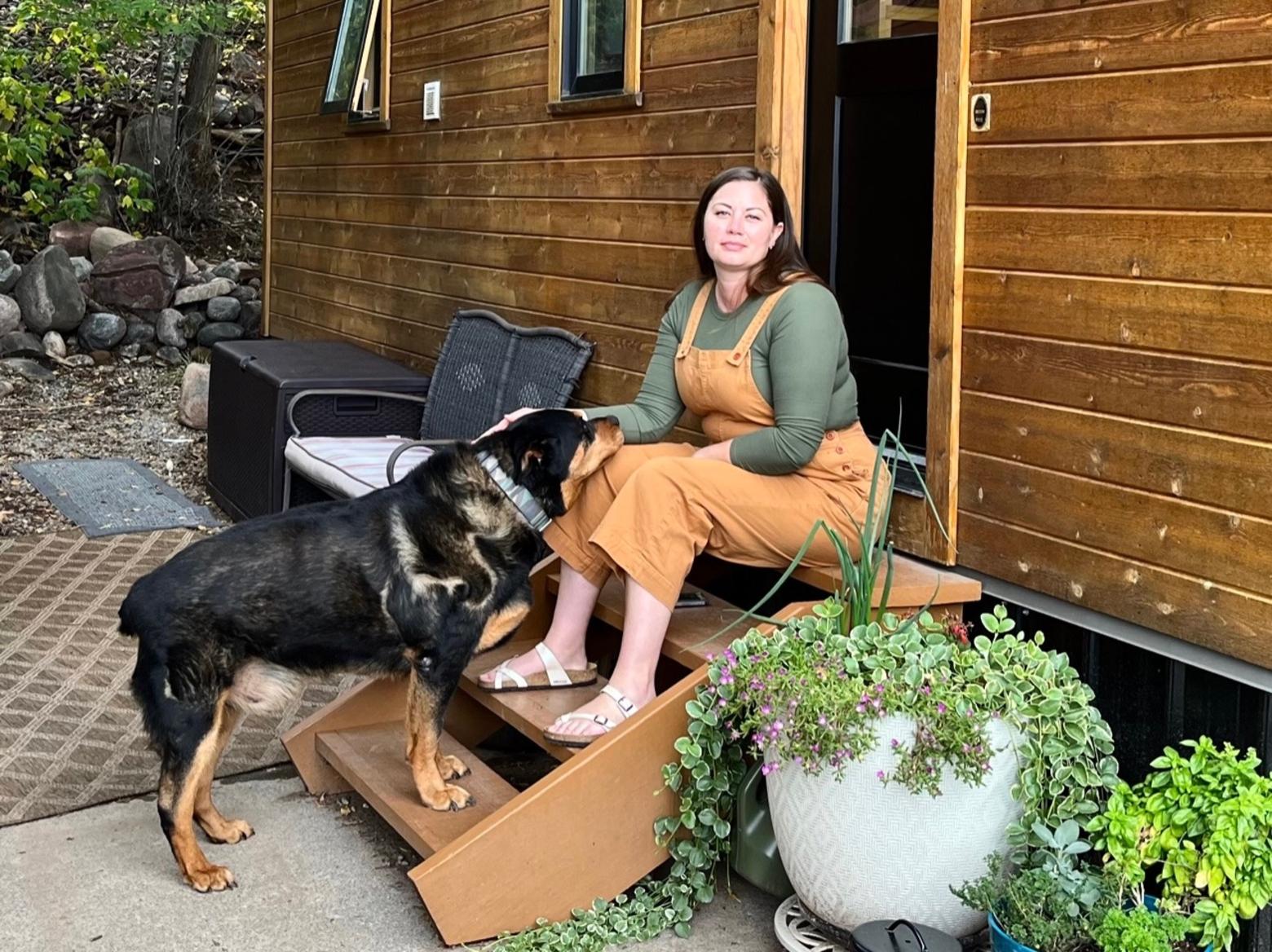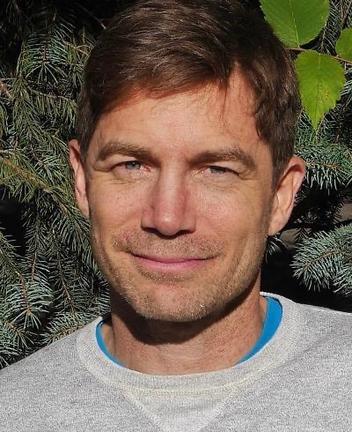Back to StoriesIn Many Mountain Towns, Affordable Shelter Is An Elusive Holy Grail
October 17, 2022
In Many Mountain Towns, Affordable Shelter Is An Elusive Holy GrailWhen no home is affordable, where do longtime locals and essential workers live? How is the problem fixed when 'the free market' fails?
|
|




